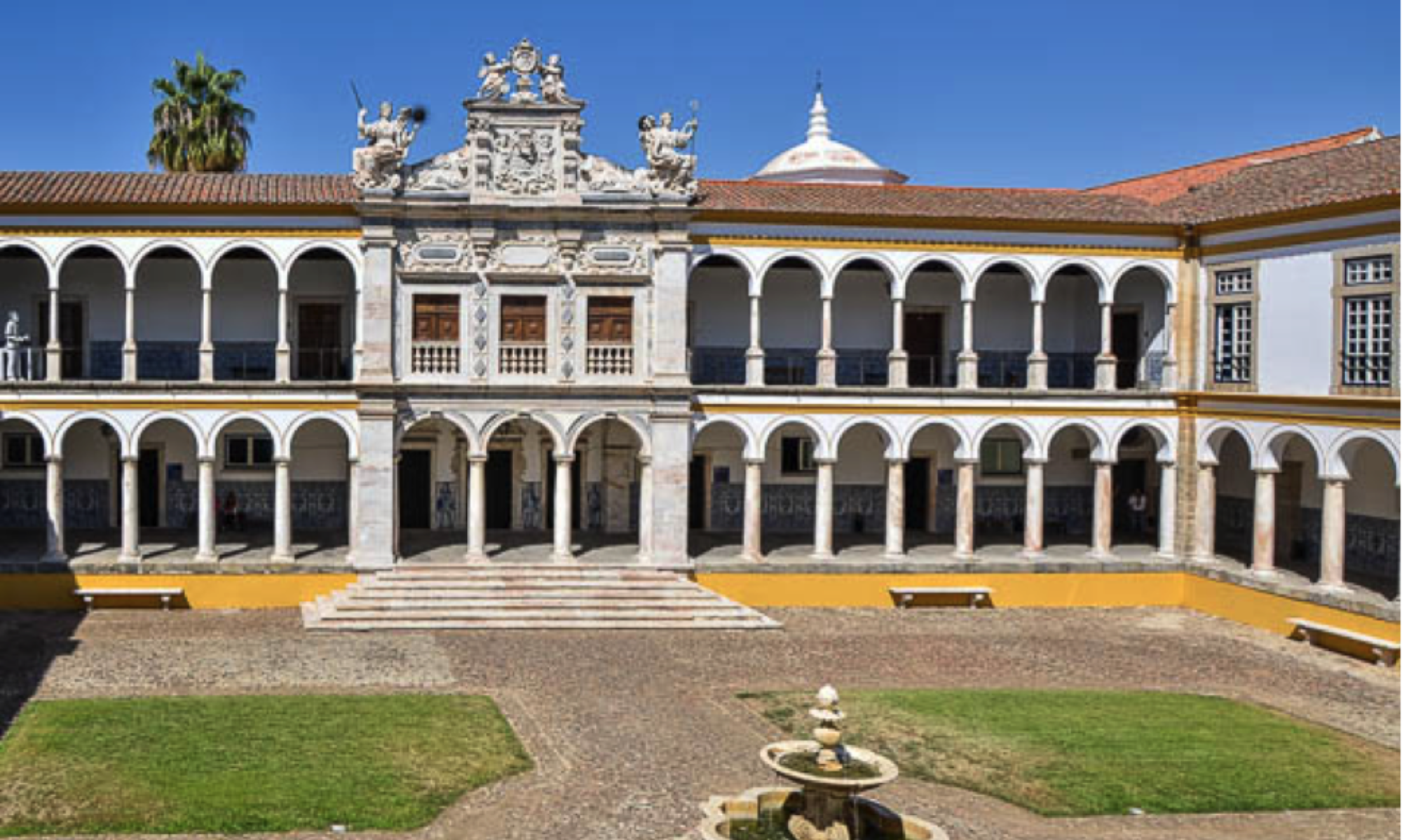Felisa Smith
Department of Biology, University of New Mexico, Albuquerque, NM.

Current research ranges across a hierarchy of spatial and temporal scales: from field work examining life history trade-offs in modern rodent populations occupying extreme thermal environments, to paleomidden work on local and regional adaptations of animals to late Quaternary climate, field and museum work on the effects of the late Pleistocene megafauna extinction on surviving mammals, to museum and computer-based studies of factors influencing the continental and global distributions of long-dead mammals that span the entire Cenozoic.
José Alexandre Diniz Filho
Universidade Federal de Goias, Brasil

Our research is mainly focused on the intersection between ecology and evolution to understand biodiversity patterns – with an emphasis on spatial and temporal patterns at broad scales – and to provide information that can aid in conserving such patterns and the processes that cause them. Under a synthetic framework, we integrate different approaches ranging from population genetics, community and geographical ecology as well as phylogenetics and comparative methods in order to answer some of the most relevant questions in biodiversity science such as i) why are there so many species/lineages in some regions compare to others? ii) What is the relative importance of ecological vs. evolutionary processes in shaping biodiversity patterns at different scales? and iii) Which are the most appropriate methods for dealing with spatially- and phylogenetically-structured data?
Kate Lyons
School of Biological Sciences, University of Nebraska Lincoln (NE) USA

I am interested in the factors affecting and controlling species diversity at multiple scales across both space and time. Moreover, I am particularly interested in the effects of global climate change on species diversity and use the fossil record of mammals to evaluate how current changes in global climate may affect diversity patterns in the future. Because it provides a useful way to compare modern species and communities to fossil species and communities, I focus on the similarities and differences in macroecological patterns across space and time.
Wilfried Thuiller
Laboratoire d’Ecologie Alpine, CNRS, France

I am senior research scientist (Directeur de Recherche 2ème classe) at CNRS (National Center for Scientific Research) based in Grenoble. I am trained as both an ecologist and a biostatistician. I have several research areas including investigating the impacts of global change on biodiversity (species, functional and phylogenetic), measuring the influence of enviromnent and habitat quality on intra-specific plant functional traits, understanding what makes a good invader and how to predict its potential distribution and finally how and why species co-exist together. I am getting more and more interested into spatial network analysis, namely how do ecological networks vary in space and time and why. To work on these issues, I am conducting observational and experimental studies, simulation experiments, statistical analyses of empirical data and mechanistic modeling.
Catherine Graham
Swiss Federal Research Institute WSL

I investigate the effect of spatial and temporal arrangement of habitats on ecological and evolutionary patterns and processes and the use of this information to inform conservation and management policy. At a landscape scale, I examine how landscape- and local-level factors influence patterns of habitat use by animals, with particular interest in bridging the gap between landscape and behavioral ecology. At a regional scale, I integrate existing data sources such as museum informatics, remote-sensing data, and phylogenetic hypotheses in order to examine patterns of species’ distributions. These hypotheses are then tested with empirical observations. Whenever possible, I use our results to make conservation recommendations.
Miguel B. Araújo
CIBIO – Universidade de Évora (Portugal) / CSIC (Spain)

My lab is part of an international network with nodes in Madrid, Copenhagen, and Évora, that brings together researchers and students who seek to further understanding in the fields of biogeography, conservation biology, global change biology, and macroecology. Research is driven by three overarching questions: 1) how did past climate changes affect biodiversity? 2) how might current and future environmental changes affect biodiversity? 3) how can biodiversity be conserved given current and future challenges? To address these questions, we integrate large climate and species distributions databases with descriptions of behavioural and physiological traits of species, molecular phylogenies, and the fossil record. Most research in the lab involves statistical analyses of ecological data, including data mining, bioclimatic modeling, and mathematical simulations, but large-scale experiments, including microcosm and mesocosm experiments, are now being devised for testing models and theory on species distributions and species coexistence.
